Researchers at Argonne have discovered that superconducting nanowire photon detectors can also be used as highly accurate particle detectors, and they have found the optimal nanowire size for high detection efficiency.
Tag: Energy Consumption and Efficiency
Energy-efficient cooling thanks to ionic wind
Thanks to a new type of airflow booster for ionic wind, completely new fields of application are opening up for the start-up Ionic Wind Technologies. In future, the patented technology is to be used primarily for cooling data centers and high-performance electronics. The Empa spin-off has already won several awards.
Argonne receives funding for artificial intelligence in scientific research
Argonne National Laboratory receives funding from the U.S. Department of Energy for two AI projects that aim to develop privacy-preserving and energy-efficient AI technologies, pushing the boundaries of scientific research and safeguarding sensitive data.
Electric vehicle drivers can estimate their personalized fuel savings with new Argonne tool
Argonne National Laboratory’s new tool lets drivers estimate personalized fuel savings for electric vehicles, based on local factors.
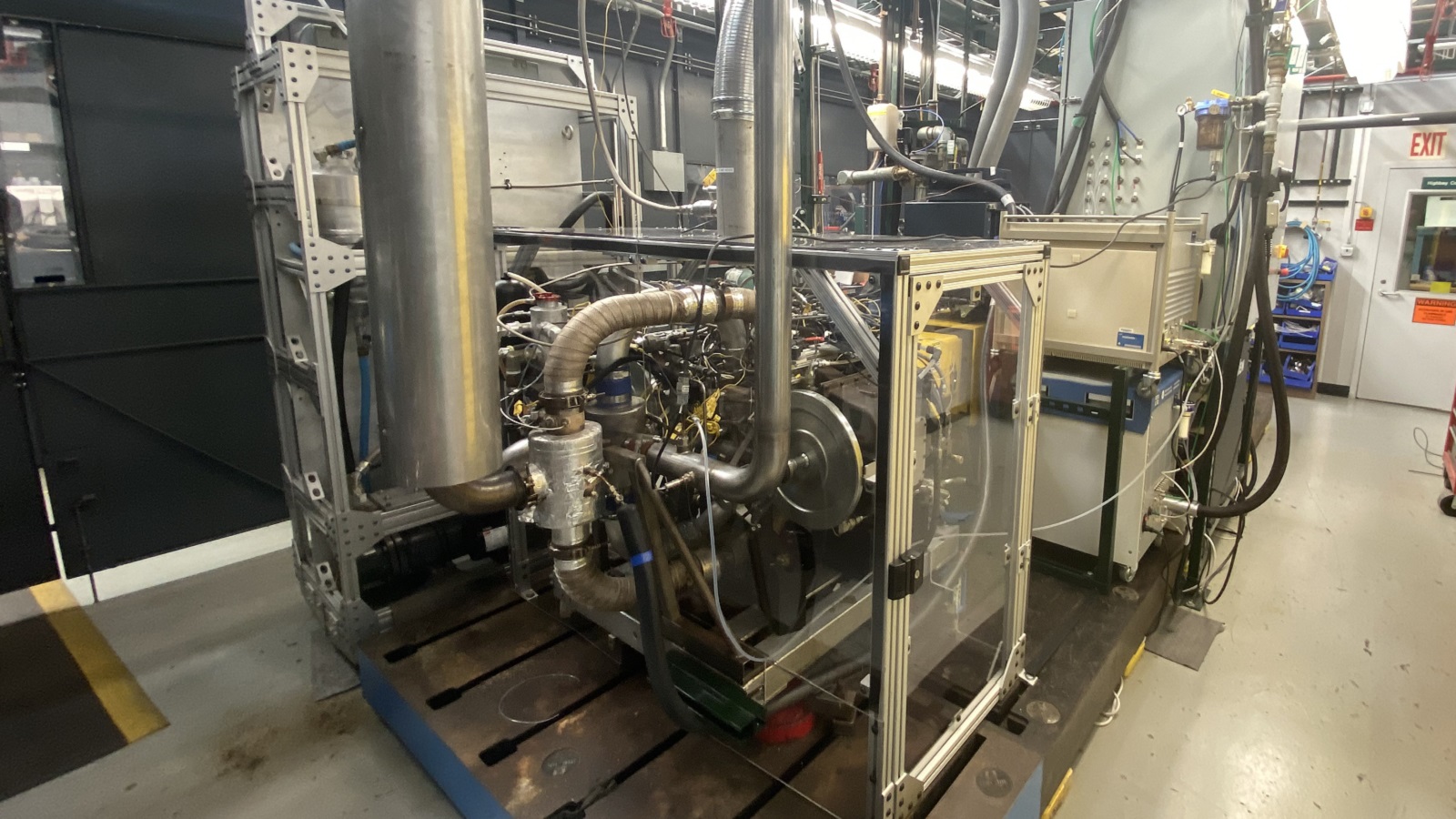
Argonne, Achates Power break new ground developing hydrogen-powered engine for decarbonizing long-haul commercial vehicles
Argonne scientists demonstrate potential of opposed-piston engine powered by zero-carbon hydrogen
Argonne points the way to a sustainable circular economy for plastics
Argonne scientists are studying the environmental and economic impact of plastic bottles using mechanical, chemical and upcycling recycling approaches.

Argonne drops data on the question of efficient drone use for e-commerce deliveries
New models developed by Argonne can help industry discover the energy impact of drone delivery for e-commerce goods. A new study focuses on drone energy consumption compared to using conventional diesel trucks and battery-operated electric vehicles.
5 Ways Argonne is driving auto innovation
Spotlighting Argonne innovations in electric vehicles during the Chicago Auto Show.
Three Argonne researchers inducted into AAAS
John Mitchell, Valerie Taylor and Lisa Utschig were selected by the American Association for the Advancement of Science (AAAS) to be inducted as fellows.
Argonne and Oak Ridge national laboratories collaborate with Wabtec on hydrogen-powered trains to decarbonize rail industry
Argonne and Oak Ridge national labs have entered into CRADAs with Wabtec, to study hydrogen as an alternative to diesel fuel in the rail industry.
New machine-learning simulations reduce energy need for mask fabrics, other materials
A new computational effort between Argonne and 3M promises to reduce energy consumption without sacrificing material quality in the production of nonwoven plastics, commonly used in surgical masks.
What will it cost to cut the carbon footprint of cars sold in the U.S?
Argonne worked with automakers and energy companies to conduct a cradle-to-grave analysis of light-duty vehicles, which estimated the current and potential future costs and greenhouse gas emissions for vehicles over the entire course of their life cycle.
Helping companies improve energy efficiency through high performance computing
The U.S. Department of Energy (DOE) has awarded DOE’s Argonne National Laboratory with $600,000 in federal funding to work on two new projects that will advance cutting edge manufacturing and clean energy technologies.
Can farms produce to the max and still reduce greenhouse gas emissions?
American farms produce food, animal feed and biofuel for the world. Scientists from Argonne National Laboratory are providing valuable tools to help big agriculture make decisions that maximize potential but cancel out greenhouse gas emissions.
New Argonne study puts charge into drive for sustainable lithium production
A new study by a team of scientists from Argonne National Laboratory and Chilean-based SQM shows the best ways to produce lithium more efficiently.
Argonne partners with Chilean company SQM to better understand lithium life cycle
A groundbreaking collaboration with one of the world’s largest producers of lithium will yield critical insights into the lithium production process and how it relates to environmental sustainability.
Liquid-like motion in crystals could explain their promising behavior in solar cells
Scientists studied the inner workings of a solar cell material using X-ray and neutron scattering. The study revealed that liquid-like motion in the material may be responsible for their high efficiency in producing electric currents from solar energy.
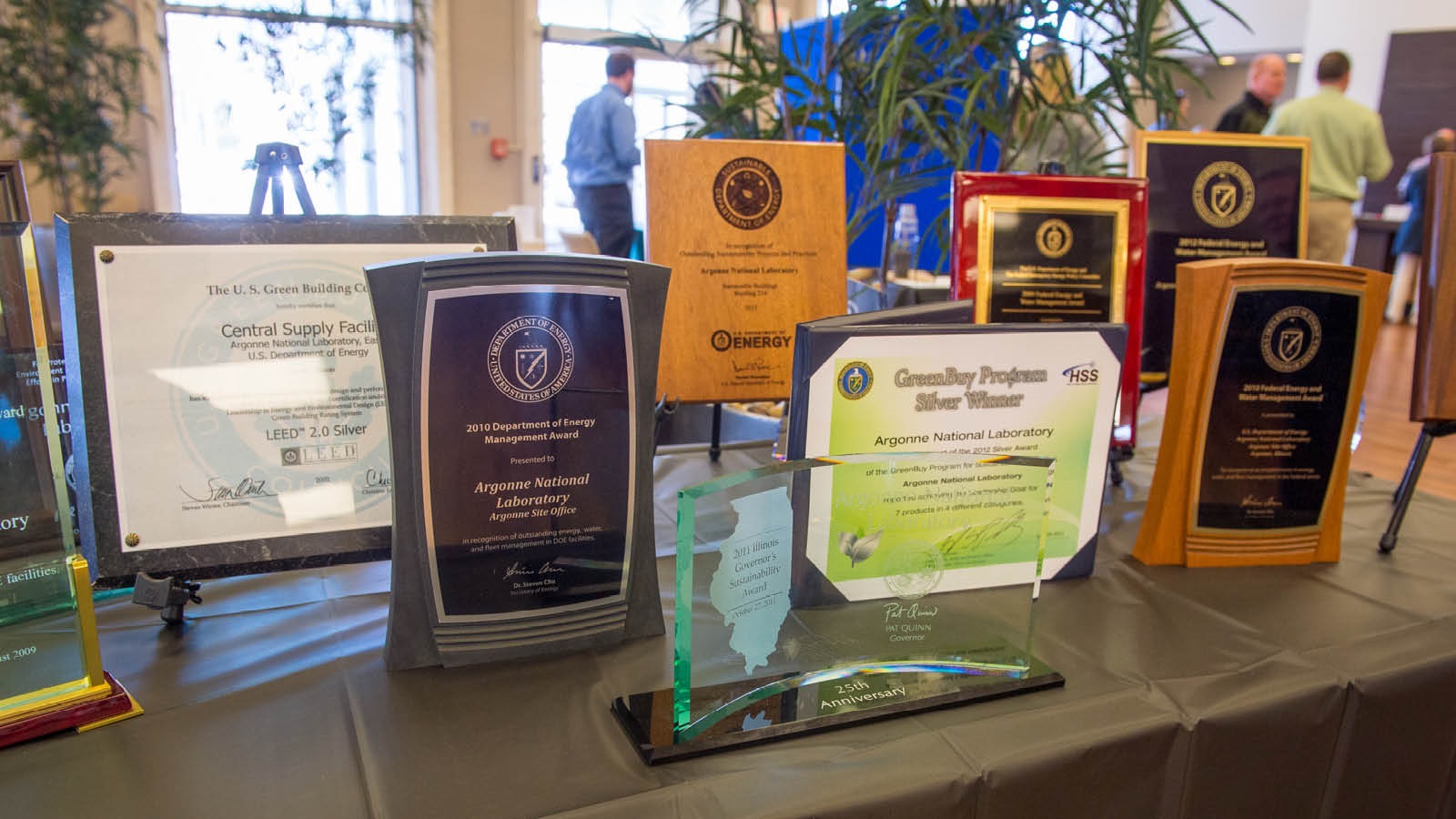
Argonne’s Wang and Streets named highly influential climate scientists
Michael Wang and David Streets, both of the U.S. Department of Energy’s Argonne National Laboratory, were named to Reuters’ “Hot List” of today’s 1,000 most influential climate scientists. Both are in Argonne’s Energy and Global Security-Energy Systems (EGS-ES) division.
Argonne leads creation of definitive valuation guide for pumped storage hydropower
Argonne scientists led four other laboratories in developing definitive guidance on how to value pumped storage hydropower projects. Their efforts resulted in DOE publication of the Pumped Storage Hydropower Valuation Guidebook: A Cost-Benefit and Decision Analysis Valuation Framework. The guide provides an objective, transparent valuation methodology and helps measure both monetary and non-monetary value streams.
5th cohort of five innovators selected for Chain Reaction Innovations program
Five new innovators will be joining Chain Reaction Innovations, the entrepreneurship program at Argonne National Laboratory, as part of the elite program’s fifth cohort to develop clean energy startups that will reduce greenhouse gas emissions and increase U.S. competitiveness in emerging energy technologies.
Helping companies use high-performance computing to improve U.S. manufacturing
Argonne is helping U.S. companies solve pressing manufacturing challenges through an innovative program that provides access to Argonne’s world-class computing resources and technical expertise.
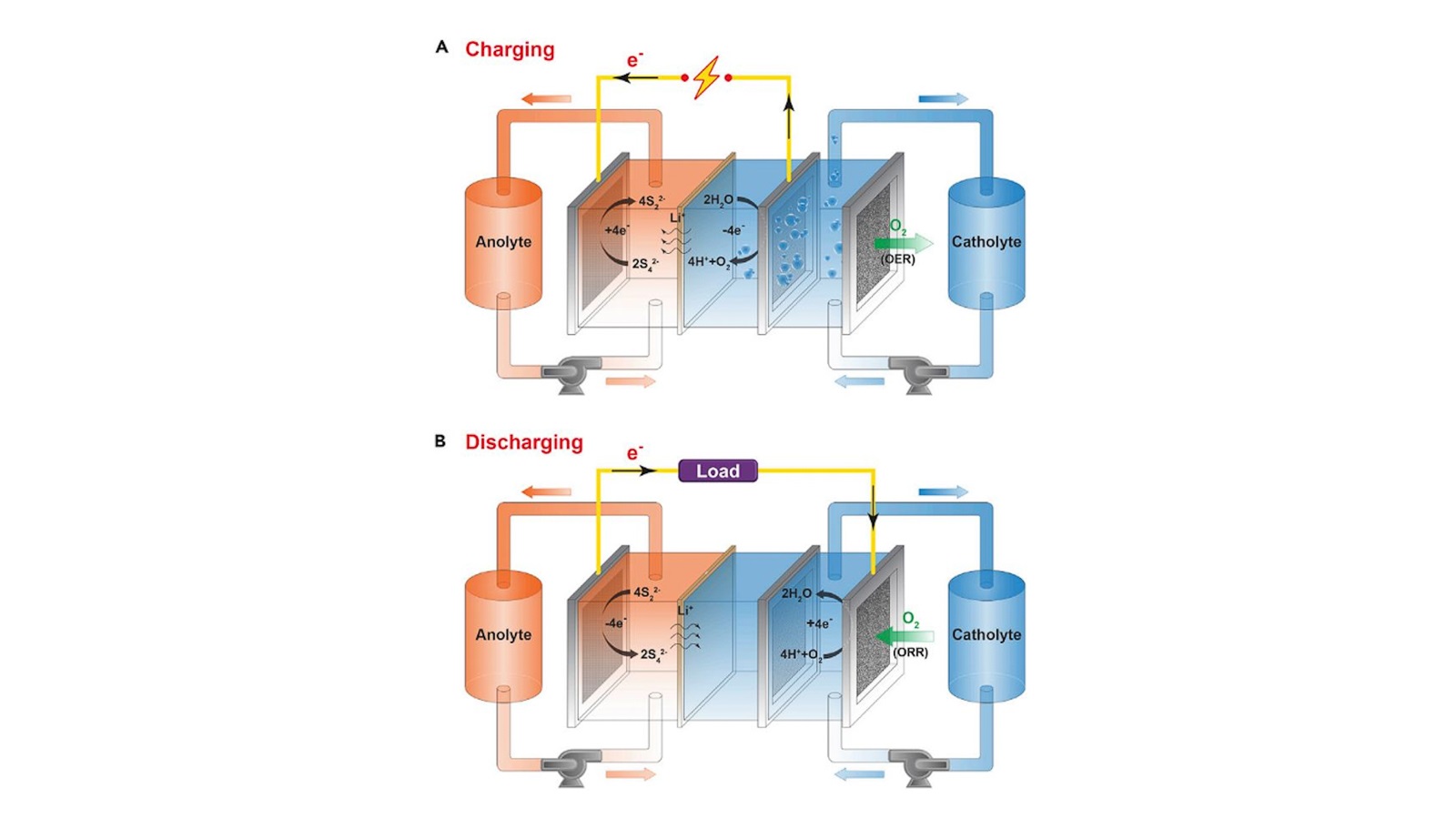
Reshaping the future of the electric grid through low-cost, long-duration discharge batteries
Research begun at the Department of Energy’s Joint Center for Energy Storage Research and continued at spinoff company Form Energy may launch a new era of renewable energy.
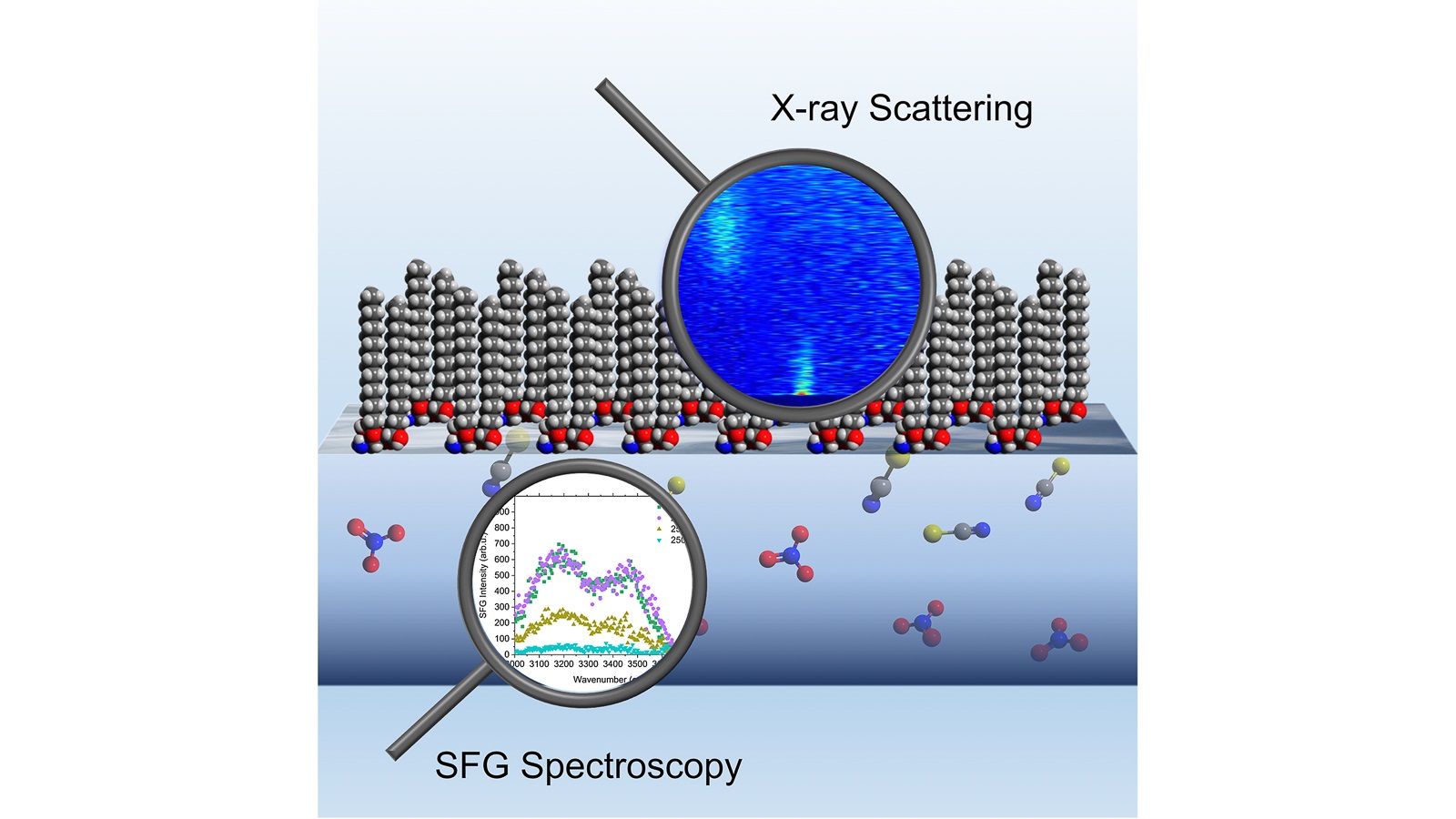
Scientists gain insight into recycling processes for nuclear and electronic waste
Scientists investigate a process that recycles nuclear and electronic waste materials to extend their lifetime and reduce expensive and invasive mining.

How Argonne is working to power a clean energy revolution
A growing global population will need energy from a range of sources. Scientists at Argonne National Laboratory have been pioneering solutions for 75 years.
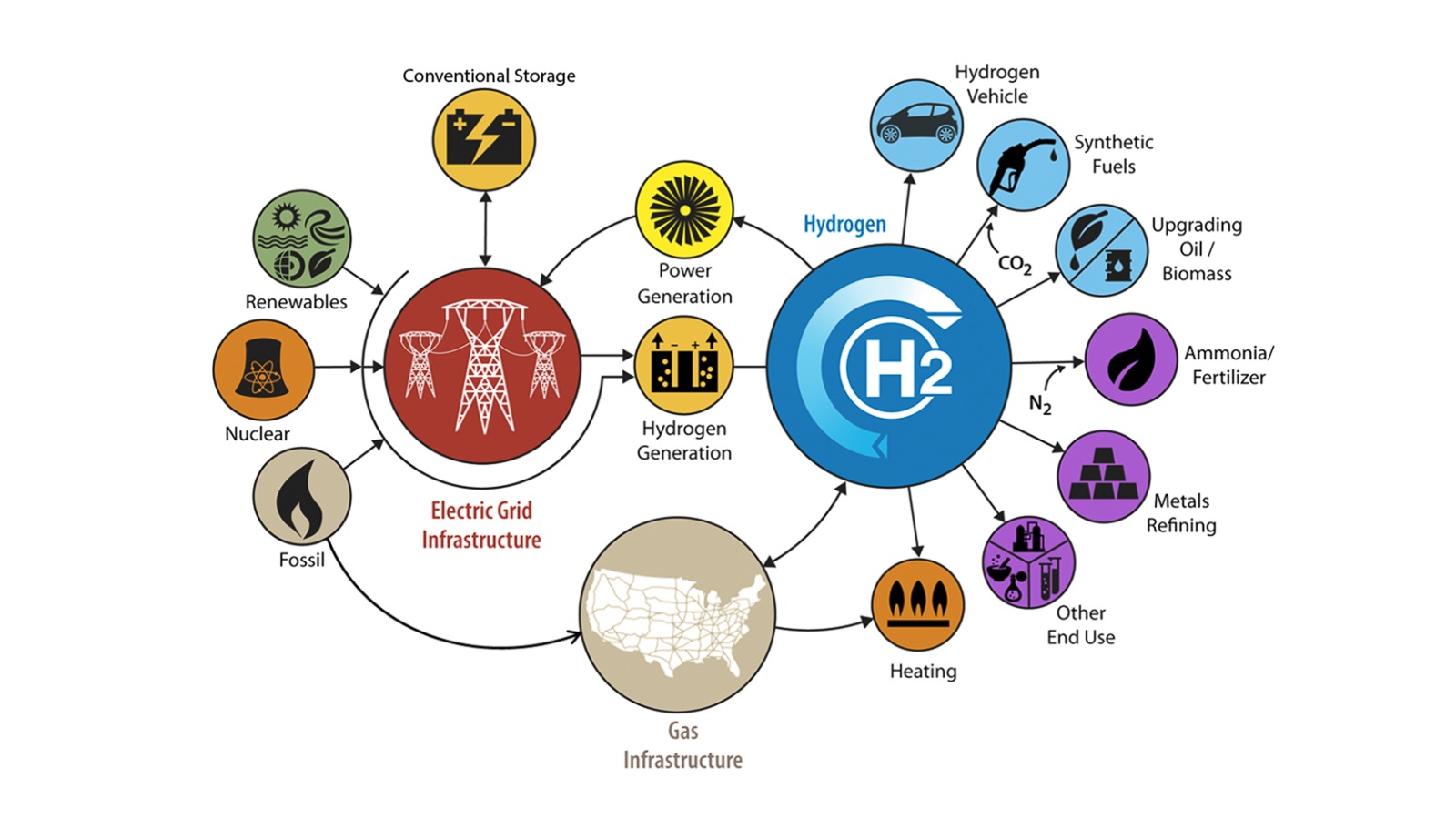
Great expectations: Argonne scientists weigh benefits of increased hydrogen production
Hydrogen technology has the potential to transform aspects of the energy landscape, according to a new report from Argonne scientists.
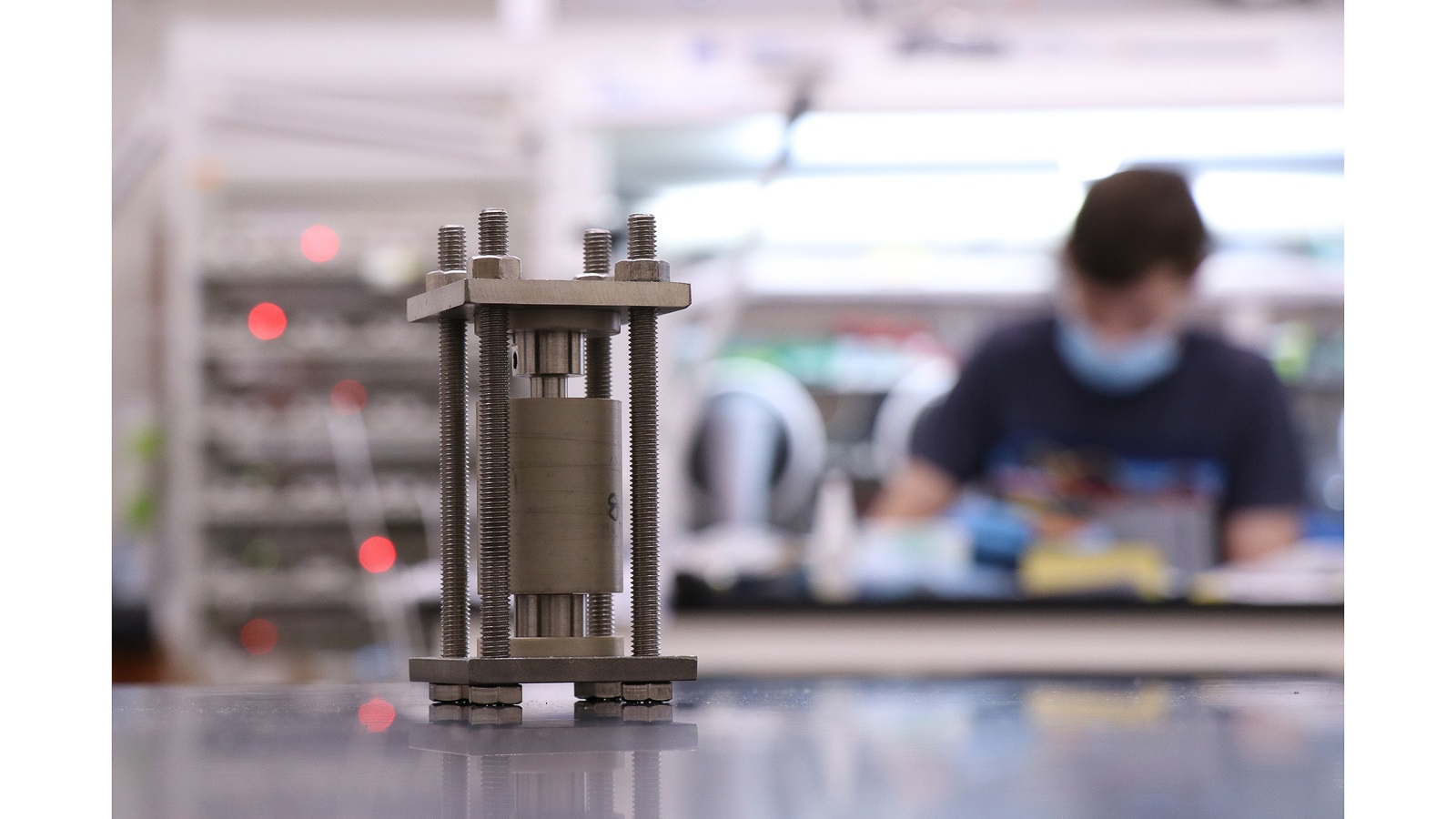
Inside the battery in 3D: Powerful X-rays watch solid state batteries charging and discharging
Using high-speed X-ray tomography, researchers captured images of solid-state batteries in operation and gained new insights that may improve their efficiency.
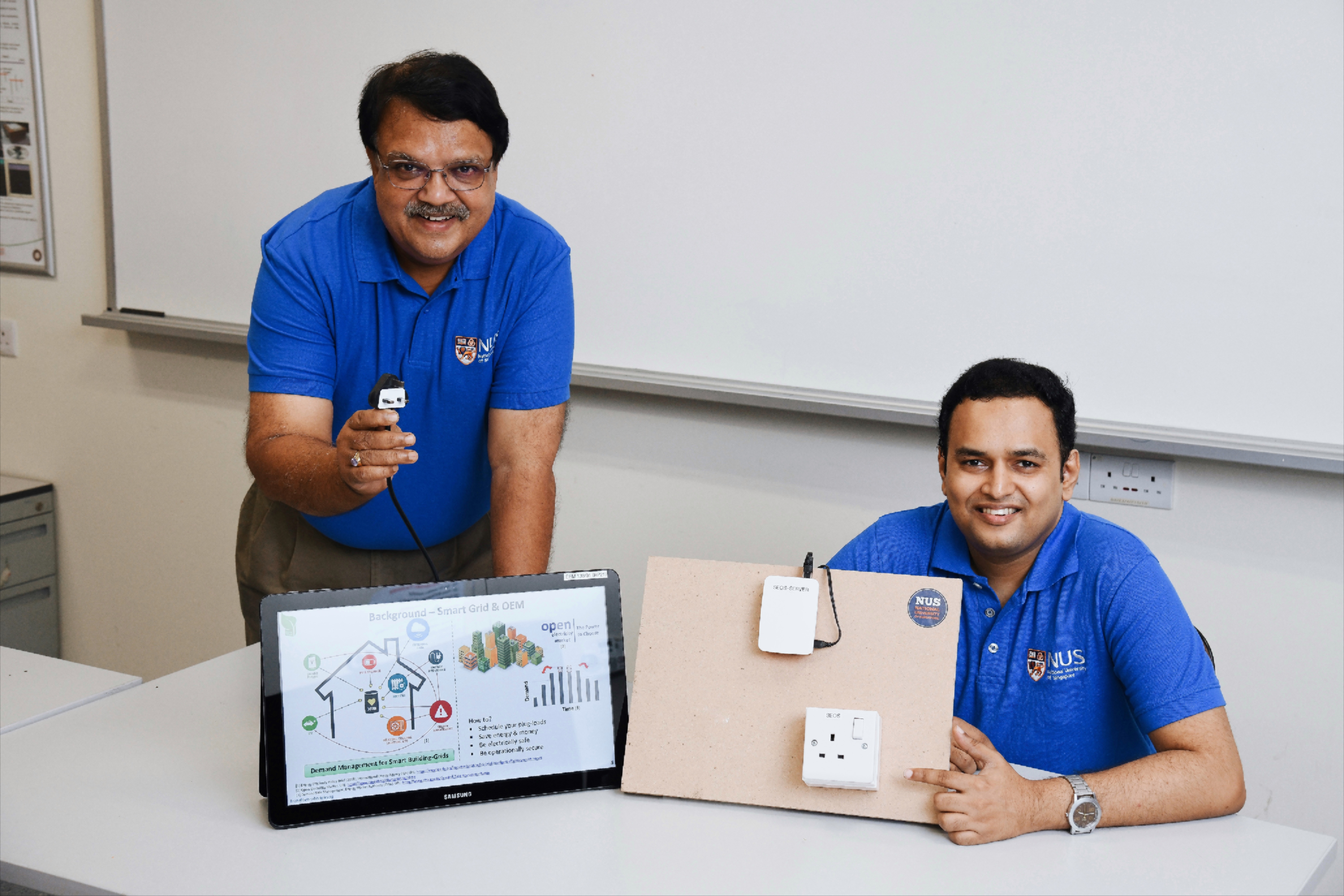
NUS engineers make smart plugs smarter
Researchers from NUS Engineering have developed a new electrical socket system that can manage the energy consumption of an entire building in real-time. This invention has the potential to optimise energy use on a large scale, and advance Singapore’s Smart Nation agenda.
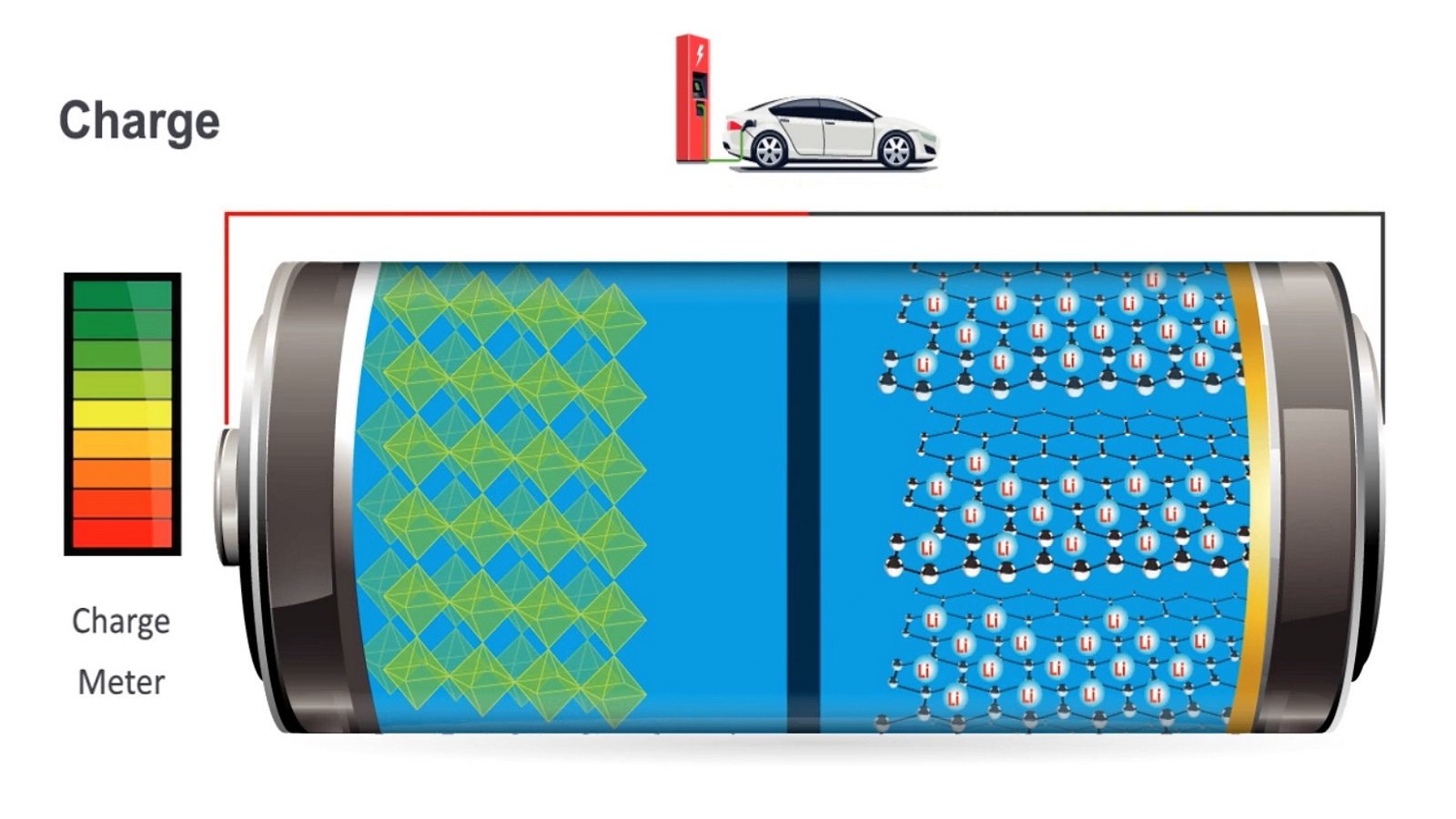
Battery of tests: Scientists figure out how to track what happens inside batteries
The new method could be the key to designing more efficient batteries for specific uses, like electric cars and airplanes.

Building a better traffic forecasting model
Researchers from Argonne have developed a new way to accurately forecast traffic and proved that it could work using as their model the California highway system, the busiest in the United States.

Argonne’s first 3D look into fuel injector will improve efficiency, reliability
The first visualization of its kind, created by using powerful X-rays at Argonne’s Advanced Photon Source, will lead to improved manufacturing and efficiency.
Our energy hunger is tethered to our economic past
Current world energy consumption is tied to unchangeable past economic production. And the way out of an ever-increasing rate of carbon emissions may not necessarily be ever-increasing energy efficiency—in fact it may be the opposite.

Customizable smart window technology could improve energy efficiency of buildings
Scientists combined solar cell technology with a novel optimization approach to develop a smart window prototype that maximizes design across a wide range of criteria.

ReCell Center could save costly nickel and cobalt, transform battery recycling worldwide
Argonne’s ReCell Center has already made pivotal discoveries as scientists create and test new recycling processes and battery designs. These discoveries will help grow a globally competitive U.S. recycling industry.
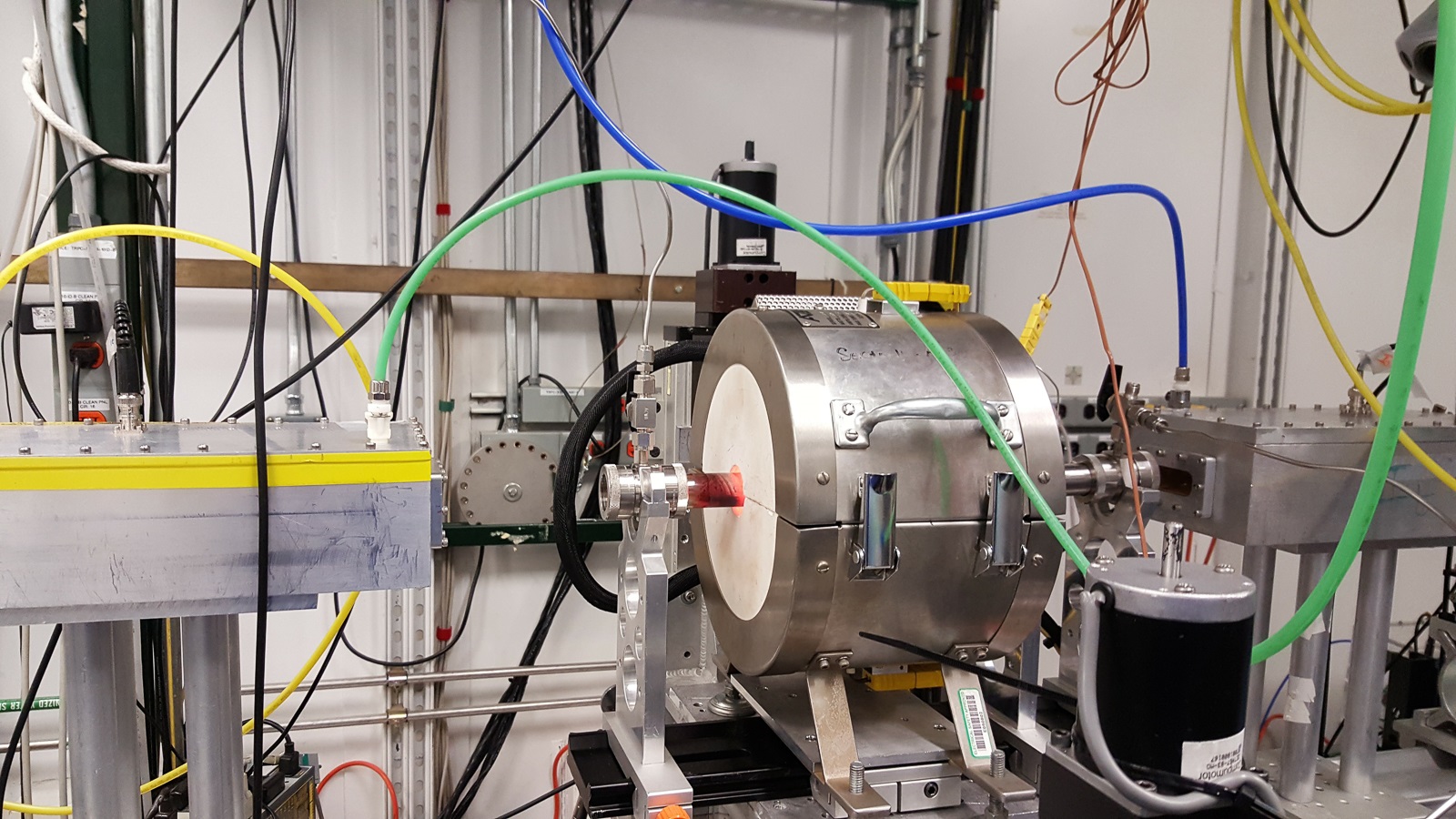
Platinum-free catalysts could make cheaper hydrogen fuel cells
Argonne scientists studied platinum-free catalysts for important fuel cell reactions. The research provides understanding of the mechanisms that make the catalysts effective, and it could inform production of more efficient and cost-effective catalysts.

ALGORITHMIC AUTOS
Connected and automated vehicles use technology such as sensors, cameras and advanced control algorithms to adjust their operation to changing conditions with little or no input from drivers. A research group at the University of Delaware optimized vehicle dynamics and powertrain operation using connectivity and automation, while developing and testing a control framework that reduced travel time and energy use in a connected and automated vehicle.
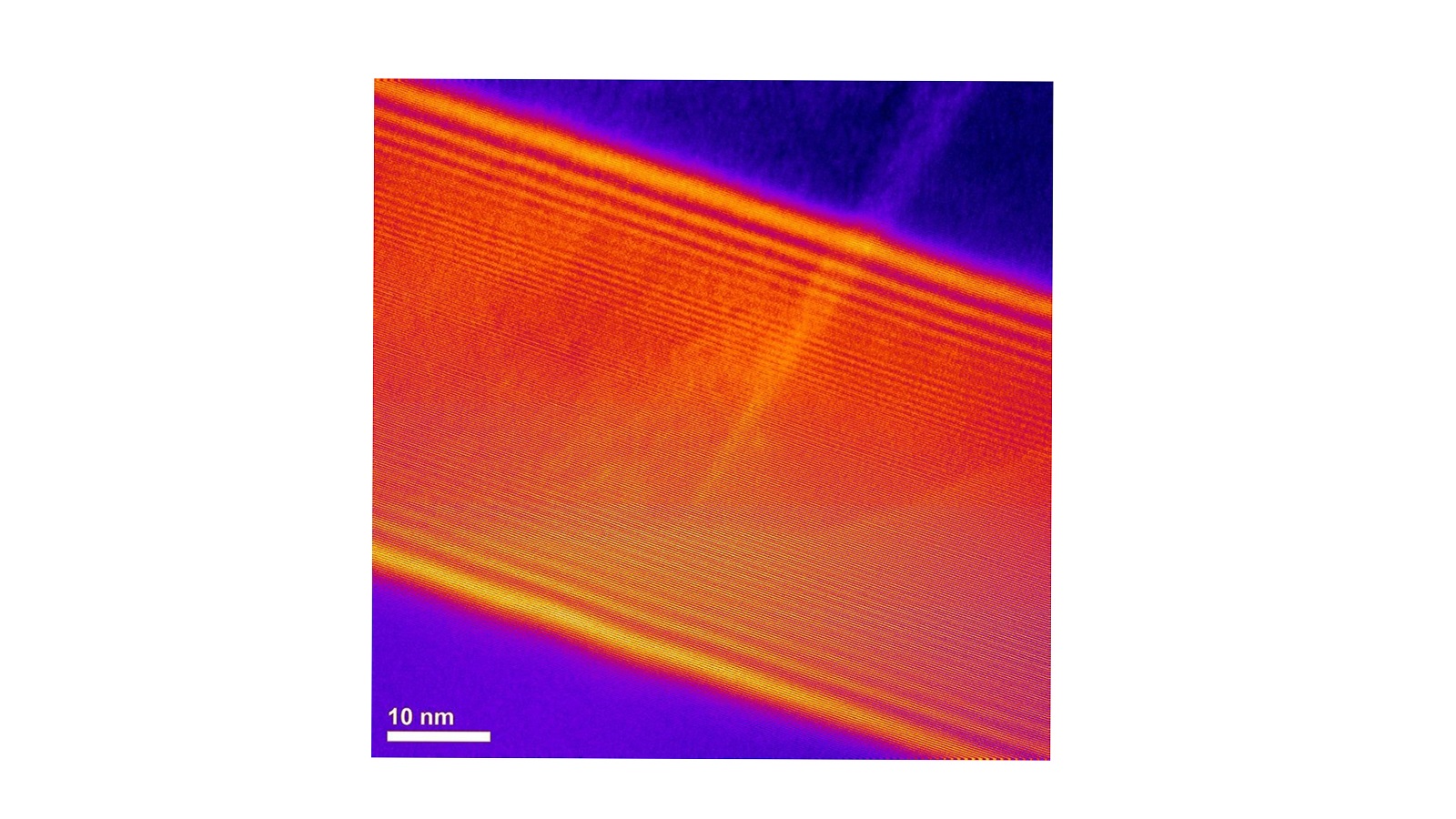
Scientists uncover major cause of resistance in solid electrolytes
Scientists investigated grain boundaries in a solid electrolyte at an unprecedentedly small scale. The resulting insights provide new avenues for tuning chemical properties in the material to improve performance.
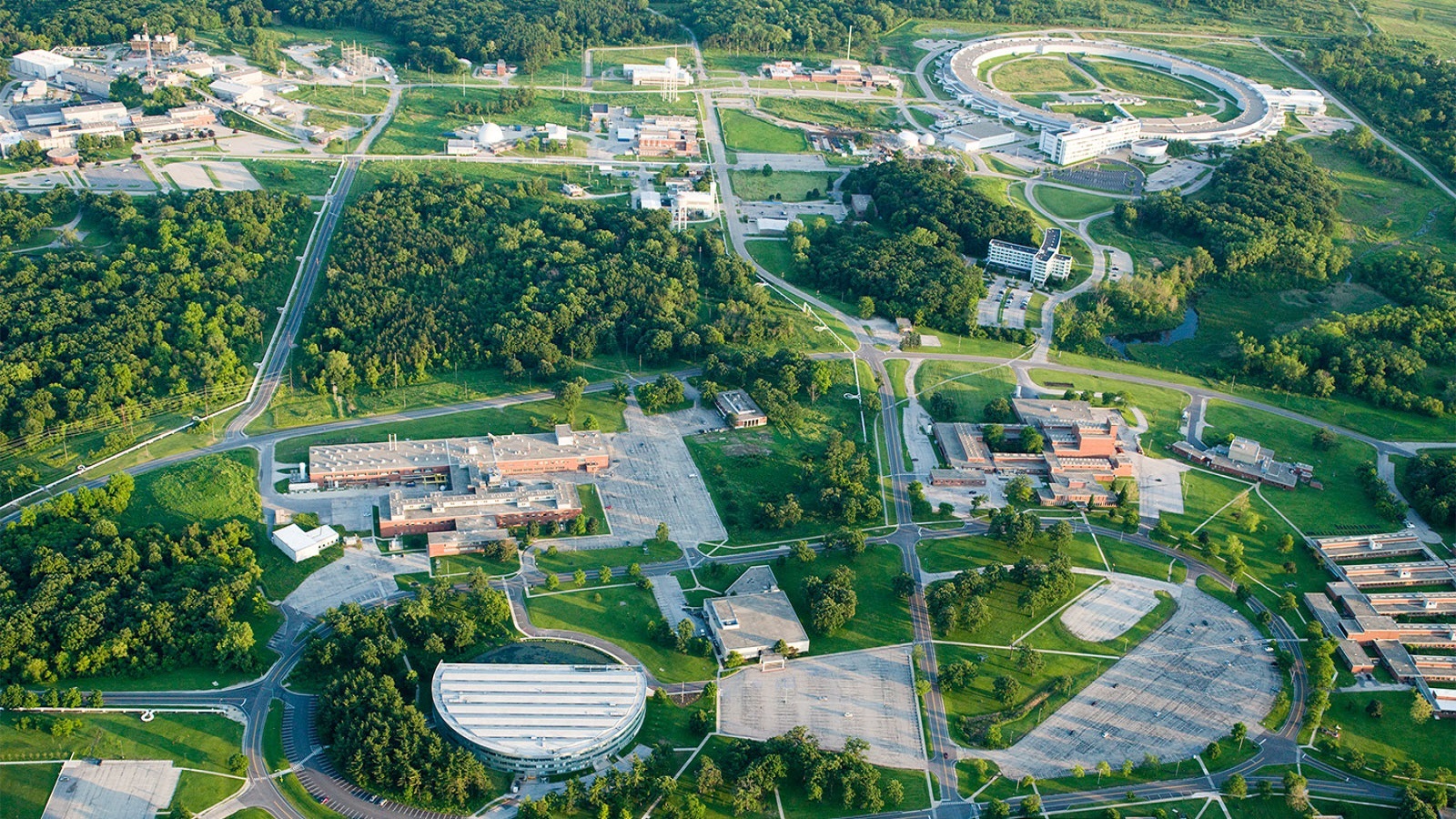
Fourth cohort of 6 innovators selected for Chain Reaction Innovations program
Six new innovators will be joining Chain Reaction Innovations (CRI), the entrepreneurship program at the U.S. Department of Energy’s (DOE) Argonne National Laboratory, as part of the elite program’s fourth cohort.
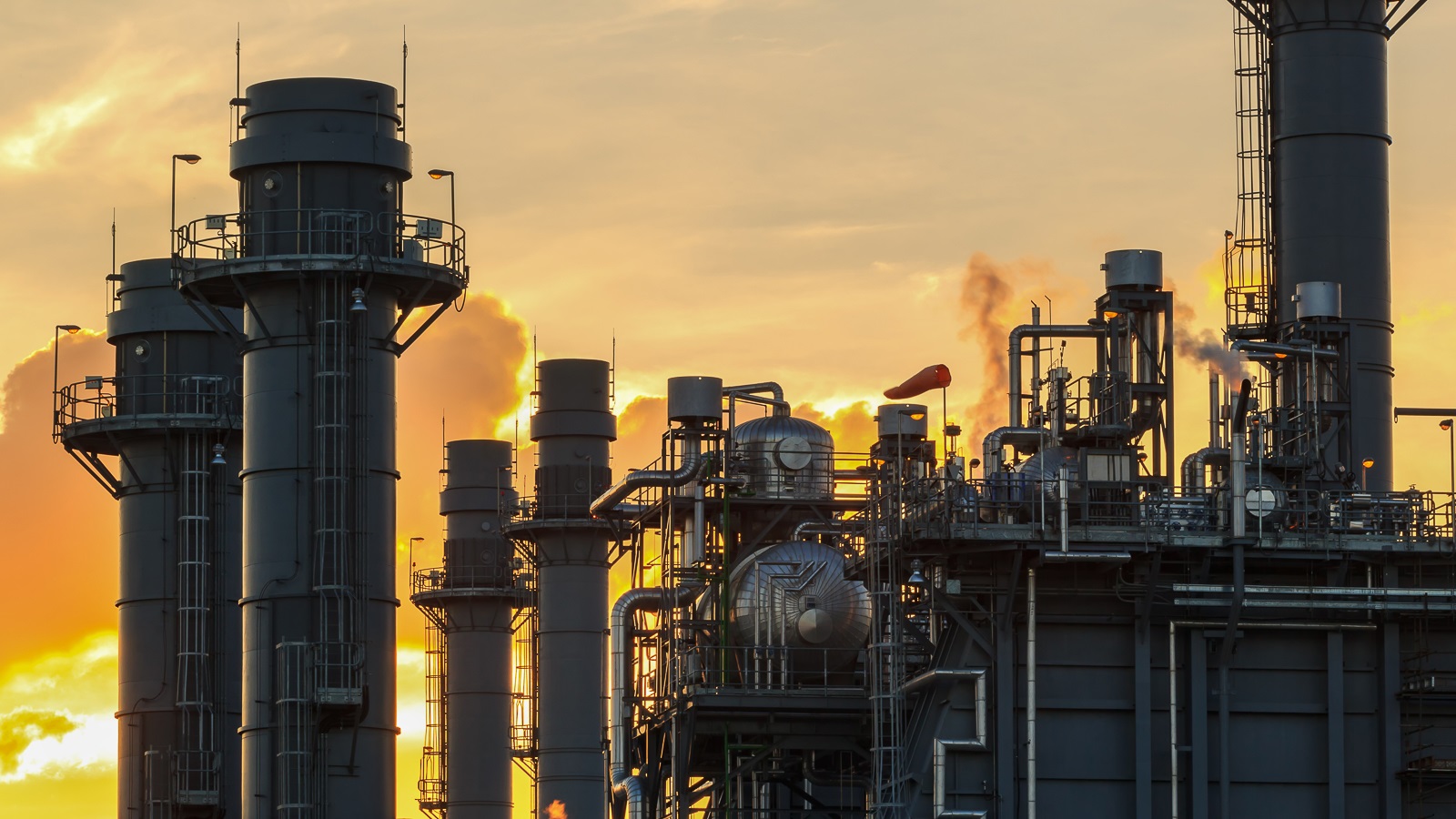
A unique heat storage technology gathers steam
Many processes that generate electricity also produce heat, a potent energy resource that often goes untapped everywhere from factories to vehicles to power plants. An innovative system currently being developed at the U.S. Department of Energy’s (DOE) Argonne National Laboratory can quickly store heat and release it for use when needed, surpassing conventional storage options in both flexibility and efficiency.

Argonne looks to power electric aviation with new dynamic system simulation tool
Scientists at Argonne have built software to measure how to conserve energy in flight with 21st century vehicles — including electric and hybrid airplanes and drones.